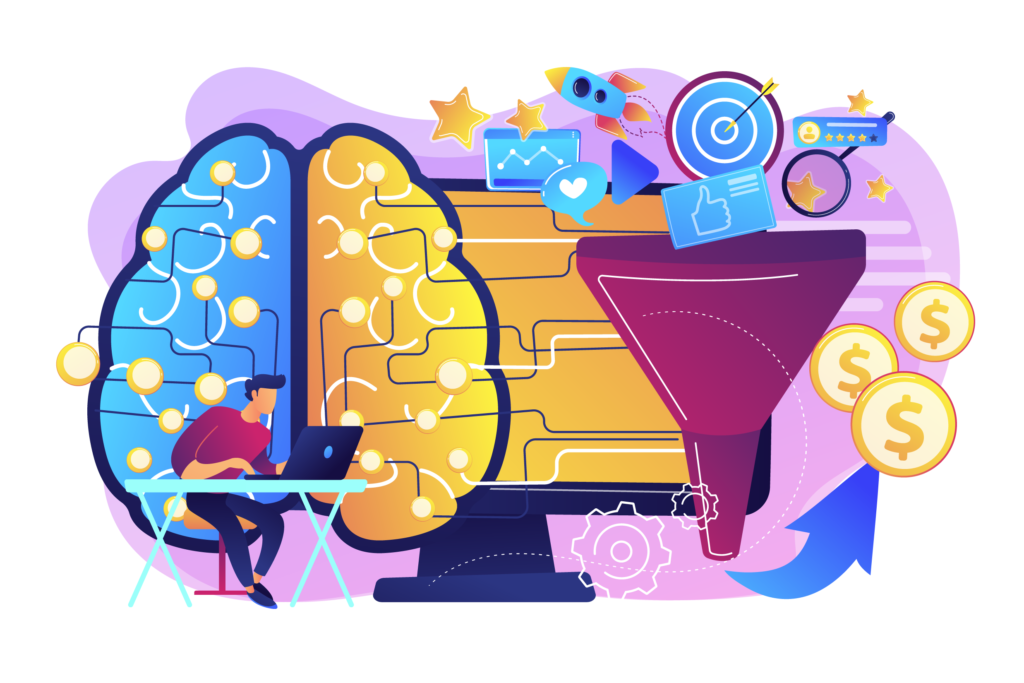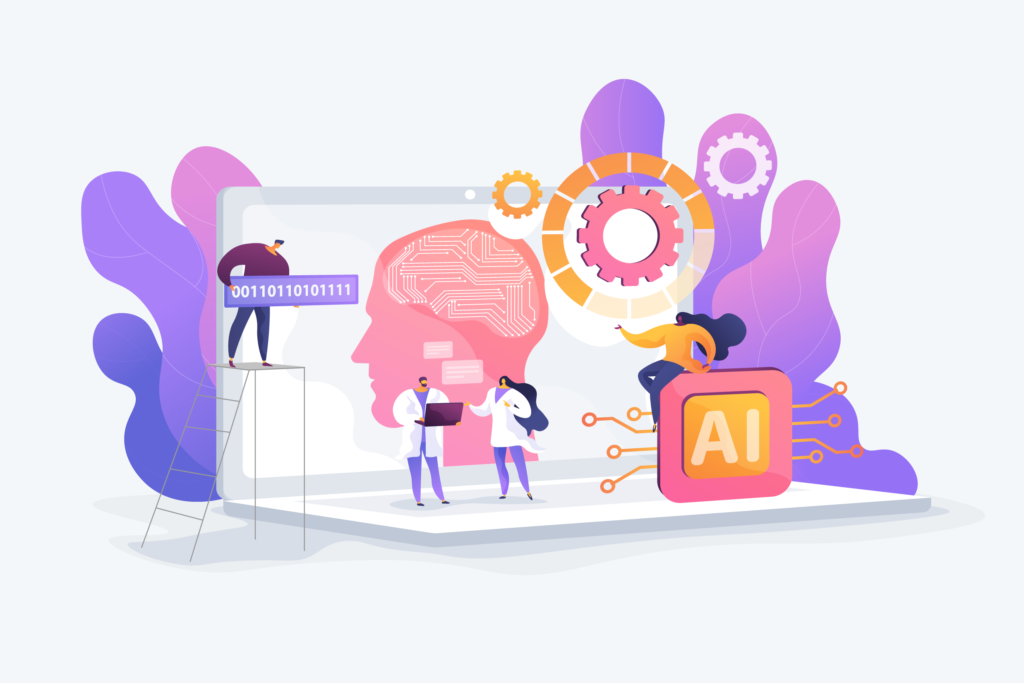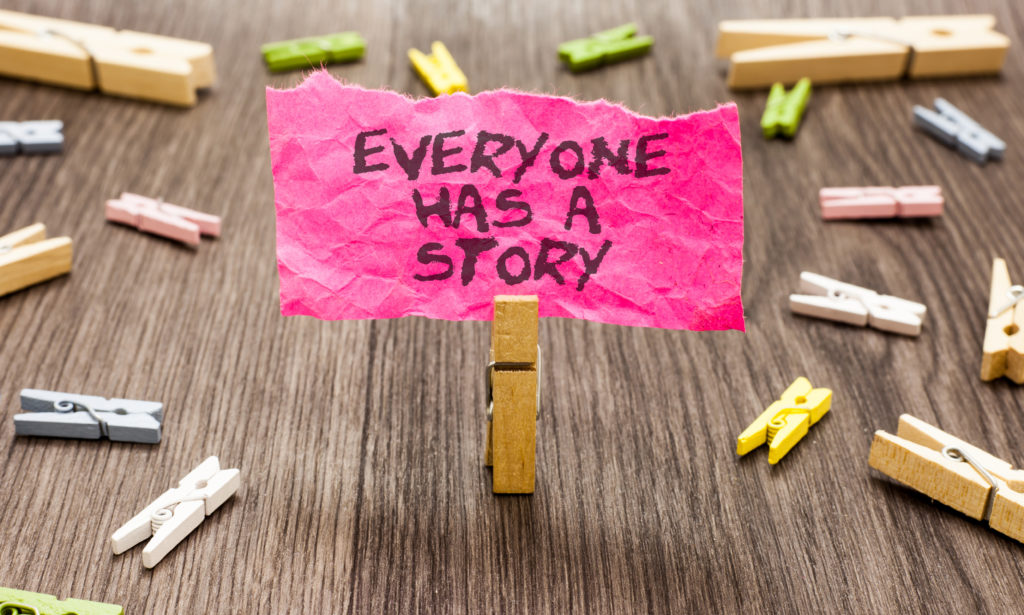Scientists developing artificial intelligence (AI) are quick to point out that teaching computers to be creative is a different methodology to how the human mind can be inventive. On the flip side, German artist, Mario Klingemann says “Humans are not original.” We typically find inspiration from what has been created in the past.
The question on everybody’s lips in the tech space is whether AI can also be trained to be creative without guidance from humans. Opinions differ. Machine learning is causing a stir in some quarters. Perhaps persuaded by science-fiction films such as Terminator and Ex Machina, some commentators are concerned the rise of the machines will overpower humans in the future.
Captain’s of industry such as Rob High, Vice President and Chief Technology Officer for IBM Watson on the other hand say the goal for AI is not to recreate the human mind but to teach computers to inspire humans. There is still some debate as to whether computers may develop the ability to be self-learning, however. In 2017, the AlphaZero AI created by Google’s DeepMind taught itself the rules of chess in four hours and consequently beat the world’s Grandmaster.
With a basic understanding of the rules, AlphaZero was able to work out the game by consistently playing and reinforcing knowledge. The difference between rules and creativity, however, is that the former has a finite permutations. Having said that, AI has even entered the art space. A piece of AI-generated art sold at Christie’s auction house in New York for as much as $432,500 – albeit reports indicate a significant amount of human interaction was also involved.
But then there’s the world’s first robot artist Ai-Da churning out paintings at Oxford University. Although at the moment, she is only able to analyse an image in front of her, engineers say her goal is to be creative.











